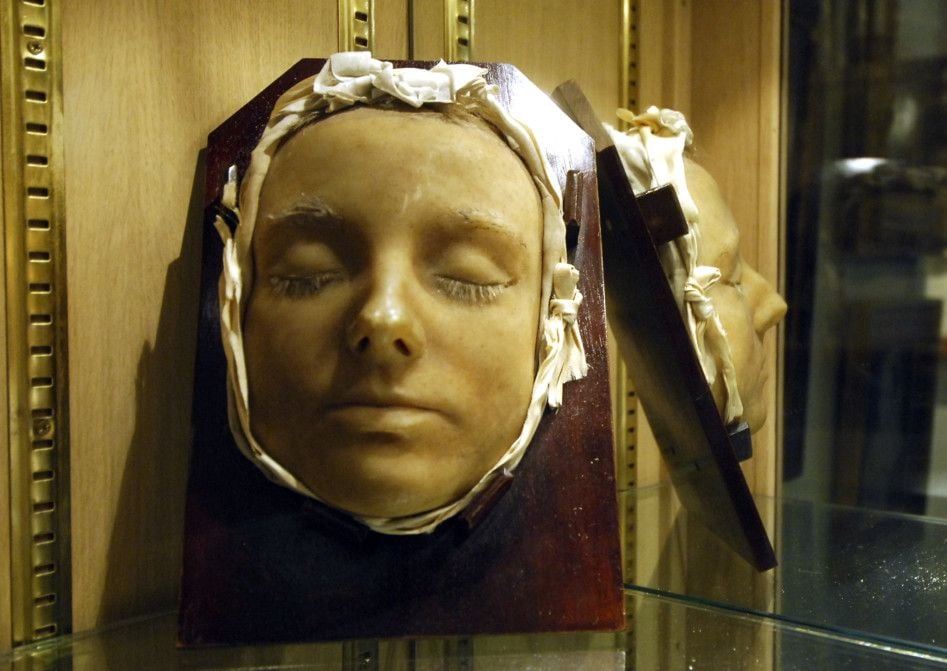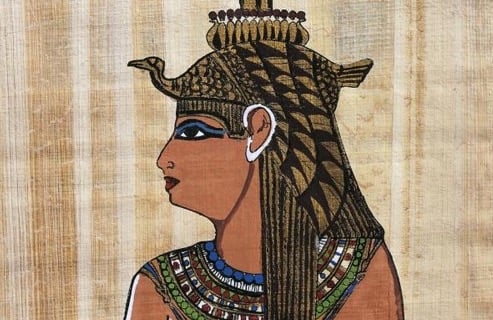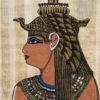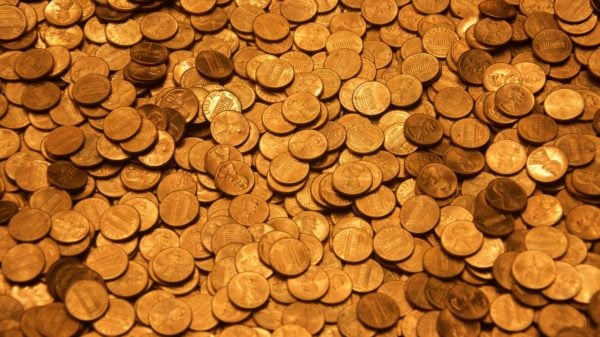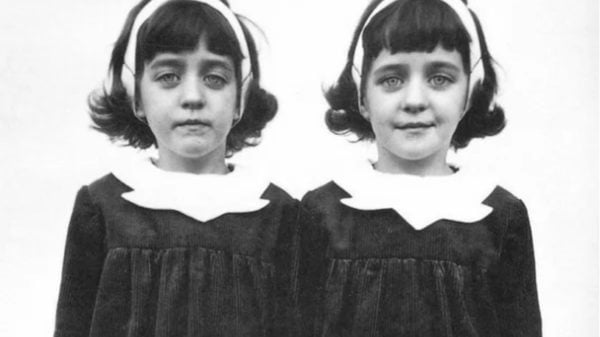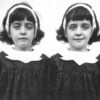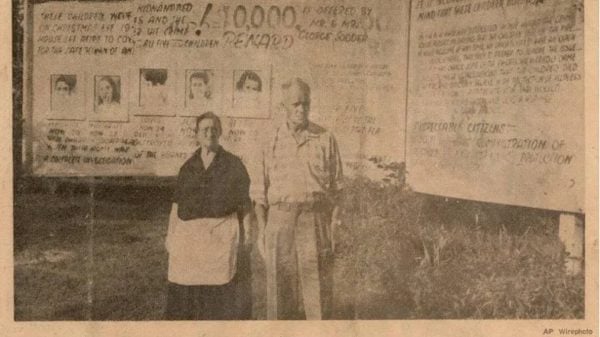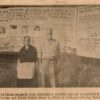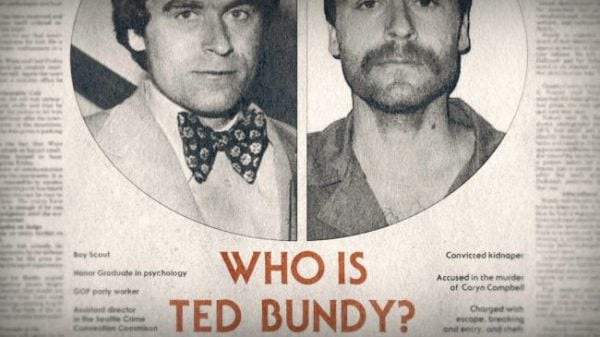Mary Stuart, more commonly known as Mary, Queen of Scots, led a highly controversial life. She was only six days old when she ascended to the Scottish throne after her father, the late King James V of Scotland, passed away. She spent most of her early years in France and married King Francis II. After his death, she returned to Scotland and married her half-cousin Henry Stuart four years later. Their son James VI and I reigned after her death.
The famous queen was executed in February 1587. As a monarch and member of a royal family, Mary was still given a death mask even if she was not given a public funeral.
A death mask is a replica of a person’s face made after death. It is often made by deriving an impression or a cast from the corps. Because photography was not yet invented during that time, people used it to preserve the likeness of the deceased.
The Queen of Scot was sentenced to death by beheading. However, it took several blows before her head falls off from her neck. But her suffering did not display any signs of trauma on the queen’s face, based on the four death masks. Two of which are still existing today.
One of the queen’s death masks, referred to as the Lennoxlove mask, belonged to the Dukes of Hamilton and was kept in their estate at Lennoxlove, East Lothian, for over 250 years. It comes with a casket containing some of the controversial Scottish monarch’s possessions, including the sapphire ring left to the first Marquis of Hamilton and the infamous casket letters.
The box’s content was recently featured in a free exhibition in Edinburgh, while Lennoxlove was closed for two years for refurbishment and conservation. At that time, the Duke of Hamilton revealed that the reason they allowed the public to see the important artifacts is to let the people see one of the finest collections of family portraits in Scotland and relive a special place in the history of the country.
Mary’s other popular death mask is called the Jedburgh mask. It was first discovered in Peterborough, where she was initially buried before her transfer to Westminster Abbey. It is currently on display at the Mary Queen of Scots House in Jedburgh.
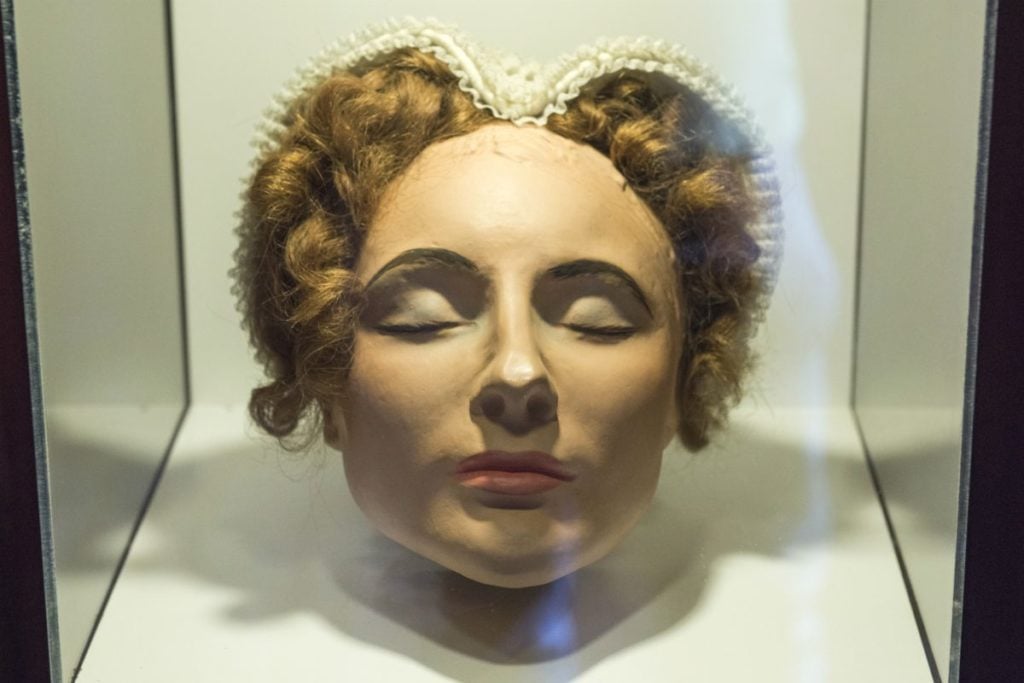
One of the existing death masks of Mary, Queen of Scot displayed in Jedburgh, Scotland.
People can notice that both death masks do not look the same. The Lennoxlove mask is smaller and almost bare, except for the lashes and eyebrows. Meanwhile, the Jedburgh mask was painted, which appears like the late queen had makeup on during her death.
Controversies still hound the queen long after her death. Antonia Fraser, one of the numerous biographers who focused on her life, believes that the mask in Lennoxlove belonged to one of the early ladies in the Hamilton family. Due to lack of evidence, it would be a challenge to prove both death masks’ authenticity.
The mystery regarding the death masks of Mary, Queen of Scots will most likely continue until new evidence comes out soon.


